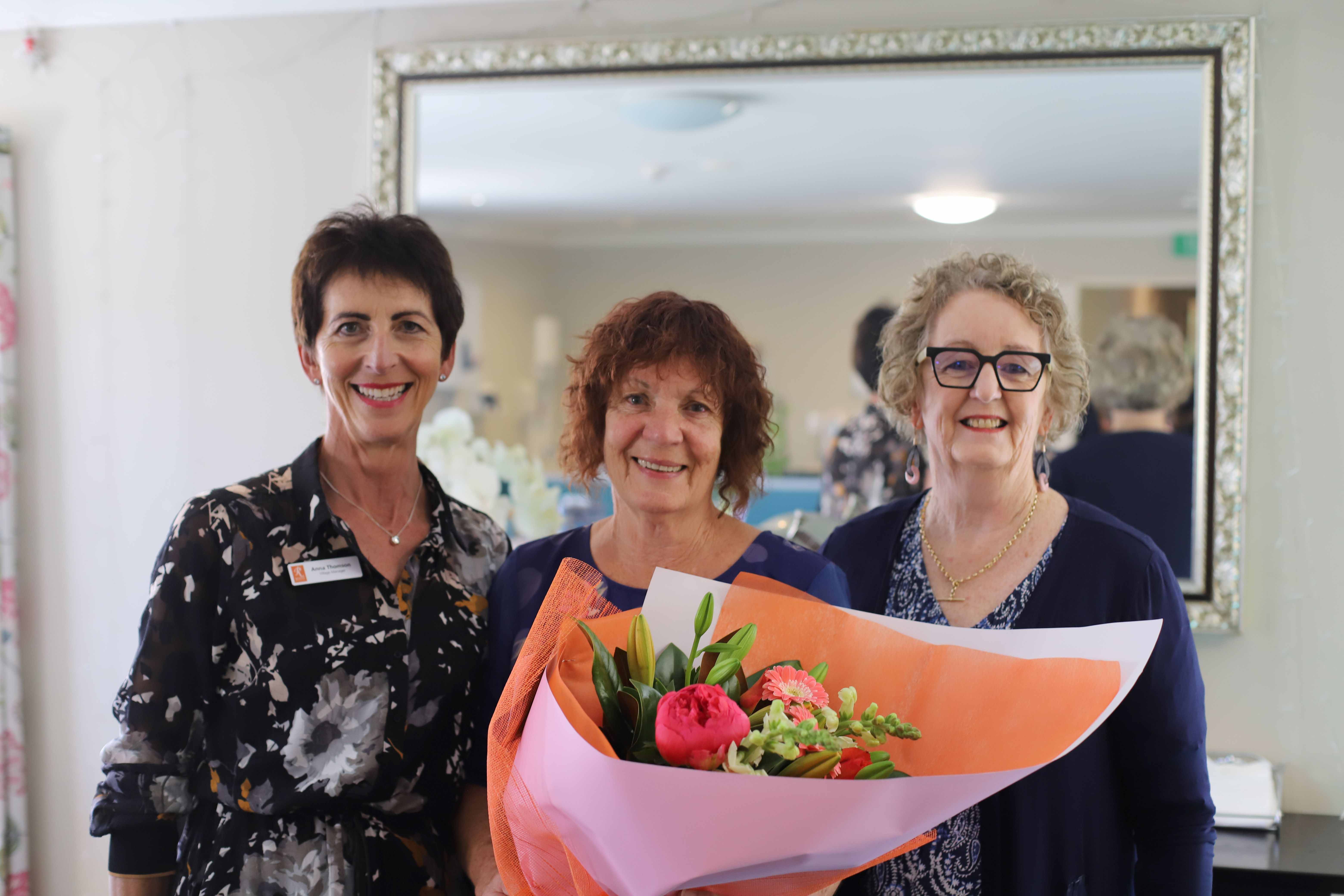A true survivor
A true survivor
.jpg?width=800&height=588&name=aIMG_8818%20(2).jpg)
James ‘Curly’ Easton was born on the 12th December 1916 in Kirkentilloch, just outside Glasgow, Scotland.
His family left Scotland for Winnipeg in Canada before settling in Australia’s Hunter Valley in New South Wales when James was 12.
These big moves possibly ignited the wanderlust in James because it became a bit of a theme throughout his life.
During the Depression years he spent ‘a few years hobo-ing’, jumping trains and living under bridges and later became a street photographer, once again travelling around NSW.
When war broke out he would take photos of all the men wearing their new uniforms.
He then got called up to do his compulsory three months with the Militia – the then name of the Australian Army Reserve – and after that he put himself forward to fight overseas, becoming a Signalman in 8th Division Signals of the Australian Army at the age of 23.
He was soon sent on a boat to Singapore. The conditions on the island were basic with open drains running through the streets. James was posted onto front gate duty and after a relatively uneventful start to the war he found himself being bombed by the Japanese.
They had no tanks and no planes so fighting off the Japanese became a challenge. They held them off for two to three months until they were captured and marched off to the troops’ base in Changi, where they were set some gruesome tasks.
“Parties of us were put back into Singapore to clean up. Cleaning up we found quite a number of bodies.”
James Easton
Resident
“They’d grabbed all the Chinese they could and decapitated them, putting their heads on posts. We found six Chinese with their hands tied together with barbed wire, all shot.”
In 1942 James joined 3,500 Aussies and 3,500 Brits designated as F party who were sent in cattle trucks to Ban Pong, Thailand, a journey which took four days.
There were around 40 men in each truck so lying down was impossible.
“If you wanted to relieve yourself you had to get a guy to grab each hand to hold you out over the back while the train was going. You can imagine what that was like with 40 guys especially when dysentery struck.”
The men learned that they had to build a railway going up to Kanchanaburi in Burma. They would march by night, set up camp and work 16 hour days, fuelled only by a cup of rice with three beans in it.
“The slightest thing you’d get bashed,” says James.
“There would be bodies floating down the river all the time, many of them native workers.
“We were hit by so many diseases, malaria, dysentery, and you’d have them altogether. All while cutting through the jungle. You worked no matter if you were sick or not, you worked.”
James Easton
Resident
Cholera was one of the worst diseases – you could be dead within eight hours. And with no medicines to hand the prognosis was bleak. The bodies would have to be burned to prevent further spread of the infection.
“At times we’d put four bodies on to burn, it could take 20 hours. We’d put four mates on that had died and after you’d just scrape all the bones together and split them up and bury them with names on so that people would know where to pick them up from.”
James was a carrier so he was able to look after his mate Les who had the disease. Les went on to write a book titled My Side of the Kwai which shares many more gruesome details from their wartime experience.
James says the bridge over the Kwai, which later became the subject of a famous film, was assembled by POWs, rather than built, with the pieces coming from Indonesia.
For the 3-400km length of railway he reckons there would have been 100,000 people on the route, all labouring by hand, sometimes standing waist deep in water.
He remembers Australian war hero Edward ‘Weary’ Dunlop having ‘a hell of a time’.
“They struck rock so they had to use dynamite. All you got was these little baskets to carry, for 16 hours a day, all the while suffering from malaria and dysentery, getting weak and thin on it.”
“It was actually good to get back to Changi, after 14 or 15 months up on the railway it was like coming home! And we put on a bit of weight and we weren’t getting bashed.
“We went back the same way we came in, in the cattle trucks, with bad dysentery. I was being hung out the door as we went through Kuala Lumpur with all the people on the railway station. I think I christened the lot of them, but I couldn’t care less!”
James Easton
Resident
By war’s end, James was down to 7.5 stone – his normal weight was 12 stone 4lb.
He and his fellow POWs spent about a month with medics before the three week trip back to Australia. On arrival, they stayed in a POW centre to ease them into civvie life.
He says it was a long time before he could sleep in a bed again.
Many of his mates suffered terrible nightmares, but James managed to develop a technique to prevent them.
“Whenever I felt one coming on I’d dream of nude women. That took it away immediately!” he laughs.
James had the idea to ‘go into showbusiness’, referring to the touring fairgrounds that would travel around the country.
Another mate suggested he join him in New Zealand and he developed a small game for the showgrounds there and so began 65 years of showbusiness life.
He loved the travelling so much he only stopped in his 90s.
“I only got out of the business when my wife took ill and then I went back in after that. Sixty-five years is no age to retire!”
While James puts his survival of the war down to ‘a lot of luck’, his approach to life has always revolved around having a wicked sense of humour.
However, when it comes to paying tribute to his fallen comrades James takes his duties very seriously.
He has travelled to Singapore and Thailand six times to pay his respects at the POW cemeteries and only stopped his annual trips back to Sydney to march on Anzac Day at the age of 94.
James moved into Grace Joel six years ago when his only daughter was diagnosed with terminal cancer but decided it wasn’t the right time.
He moved back in for the second time last year at the age of 102 and recently celebrated his 103rd birthday.
James’s story features in Ryman’s Anzac video this year. The video was made after Covid-19 lockdown restrictions prevented the normal Anzac service in the village taking place.
by Maryvonne Gray | Apr 24, 2020
Subscribe to our blog newsletter
You May Also Like
These Related Stories

Poppa's Pulled Pork

Linda Jones is Ryman’s fittest village for 2023!

